The play of light in Moroccan courtyard homes has long been a subject of fascination for architects and travelers alike. These traditional dwellings, known as riads, are designed around a central open space that serves as the heart of the home. What makes them particularly remarkable is how they manipulate sunlight through carefully calculated light well angles—a feature that goes far beyond mere aesthetics.
Walking into a riad, one immediately notices how sunlight filters through the overhead opening, casting intricate patterns on the walls and floors. The angle of these light wells isn’t arbitrary; it’s a deliberate architectural choice rooted in both function and cultural significance. In Morocco’s climate, where the sun can be relentless, the design ensures that light enters without overwhelming the interior with heat. The geometry of the opening determines how much sunlight penetrates at different times of the day and year, creating a dynamic interplay of shadow and illumination.
The craftsmanship behind these light wells reflects a deep understanding of solar geometry. Traditional builders didn’t have modern tools to calculate optimal angles, yet their empirical knowledge allowed them to create spaces that remain cool in summer and warm in winter. The angle of the light well is often adjusted based on the riad’s location—steeper in the north to capture more sunlight, shallower in the south to diffuse intense rays. This subtle calibration ensures that the courtyard remains a comfortable retreat regardless of the season.
Beyond practicality, the light well serves a symbolic purpose. In Moroccan culture, light is synonymous with life and spirituality. The way sunlight descends into the courtyard mirrors the idea of divine grace filtering into the home. The angles are designed to create moments of drama—morning light might flood the space with golden hues, while afternoon light slants sharply, drawing attention to intricate tilework or carved plaster. It’s a daily performance orchestrated by architecture.
Modern interpretations of riad design still prioritize these principles, though contemporary materials and techniques allow for even greater precision. Architects now use software to model sunlight paths, ensuring that the light well’s angle maximizes both beauty and energy efficiency. Yet, despite these advancements, the essence remains unchanged: the light well is a bridge between the heavens and the home, a reminder of the harmony between human habitation and natural forces.
For travelers staying in a riad, the experience of light is unforgettable. Waking up to the gradual brightening of the courtyard, or dining under a sky visible through the overhead opening, connects guests to the rhythms of the day in a way that conventional hotels rarely achieve. The light well isn’t just a feature—it’s the soul of the space, shaping moods and moments with its ever-changing glow.
Preservation efforts have also highlighted the importance of these traditional designs. As global architecture trends toward homogenization, riads stand as a testament to the value of localized, climate-responsive design. The light well’s angle isn’t just a technical detail; it’s a lesson in sustainability, showing how historical builders achieved comfort without reliance on artificial systems. This wisdom is increasingly relevant in an era of environmental consciousness.
Whether admired for their beauty, their ingenuity, or their cultural resonance, the light wells of Moroccan riads continue to inspire. They remind us that architecture at its best doesn’t just shelter the body—it elevates the spirit. In the precise angle of a light well, there’s a whole philosophy of living in balance with nature, a philosophy as luminous as the sunlight that graces these courtyards.
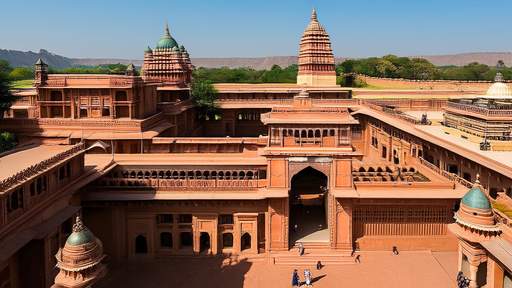
By /Jun 5, 2025
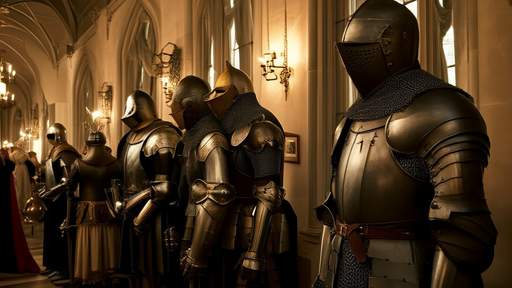
By /Jun 5, 2025
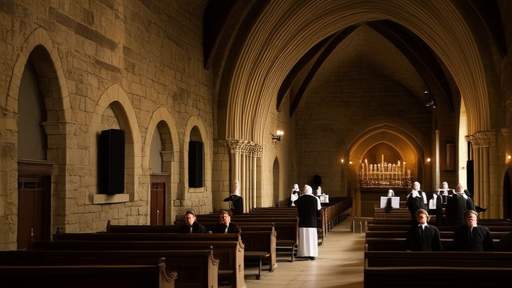
By /Jun 5, 2025

By /Jun 5, 2025
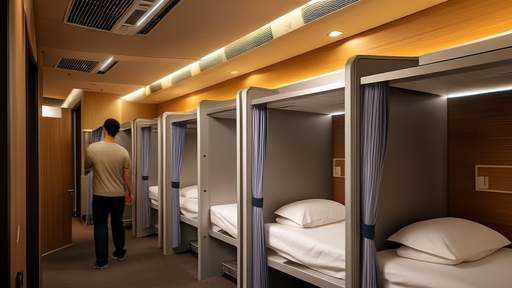
By /Jun 5, 2025
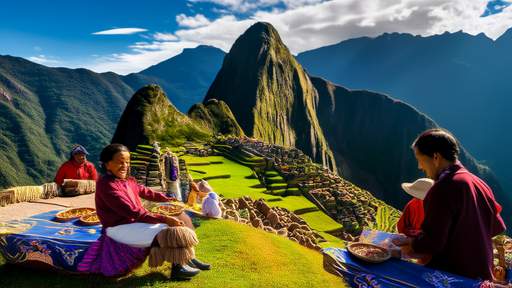
By /Jun 5, 2025
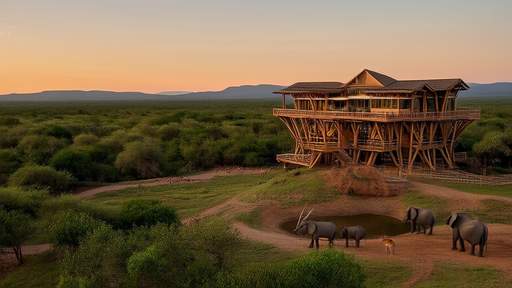
By /Jun 5, 2025
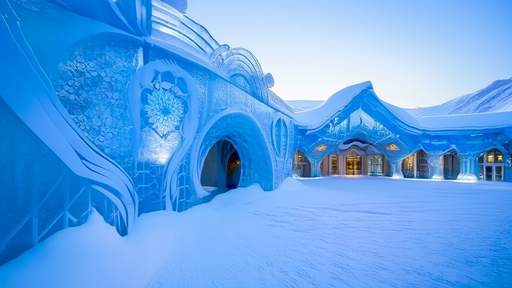
By /Jun 5, 2025

By /Jun 5, 2025
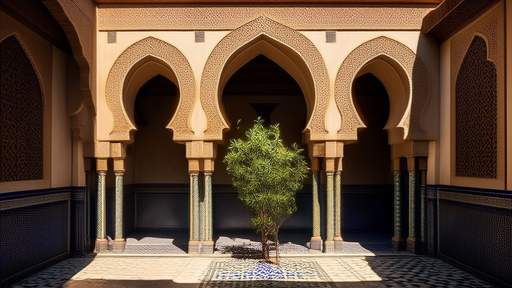
By /Jun 5, 2025
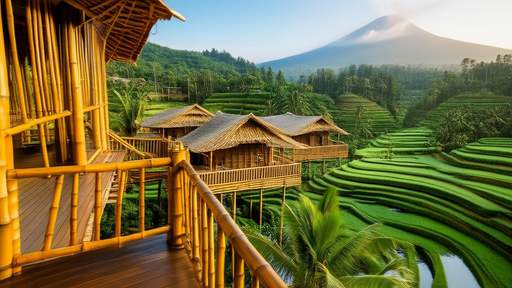
By /Jun 5, 2025
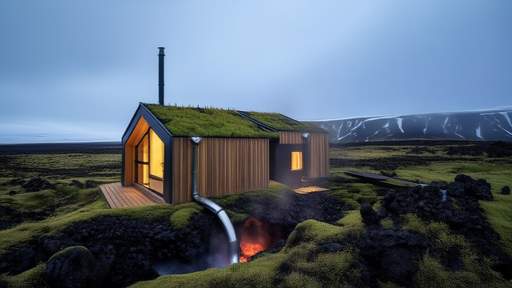
By /Jun 5, 2025
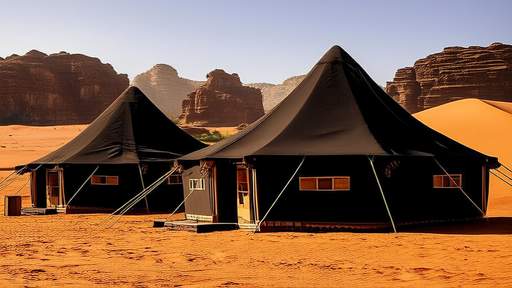
By /Jun 5, 2025
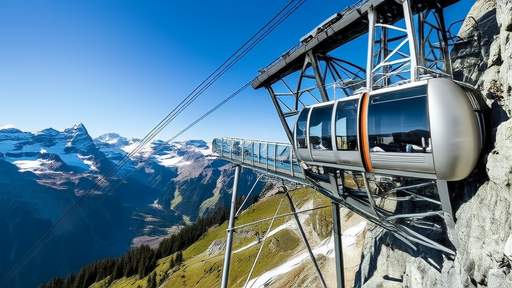
By /Jun 5, 2025
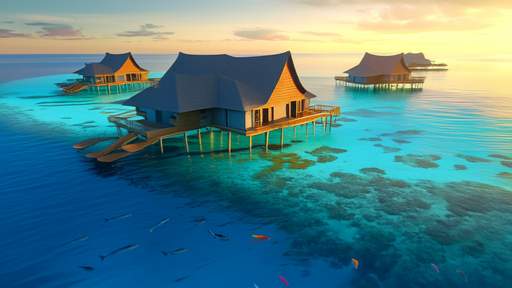
By /Jun 5, 2025
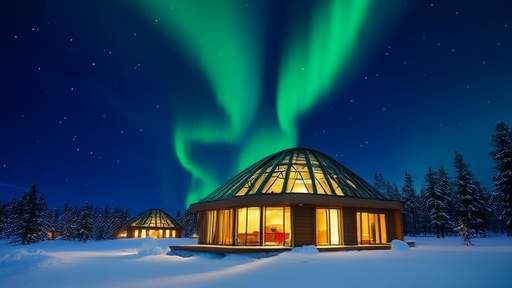
By /Jun 5, 2025
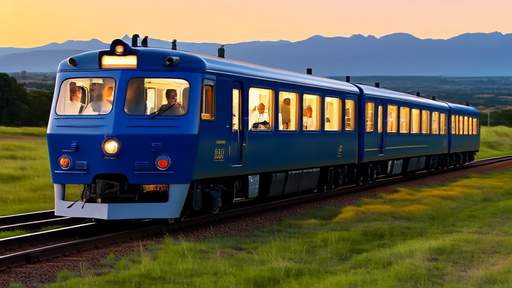
By /Jun 5, 2025

By /Jun 5, 2025

By /Jun 5, 2025
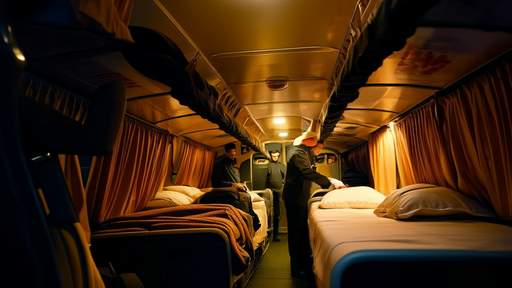
By /Jun 5, 2025